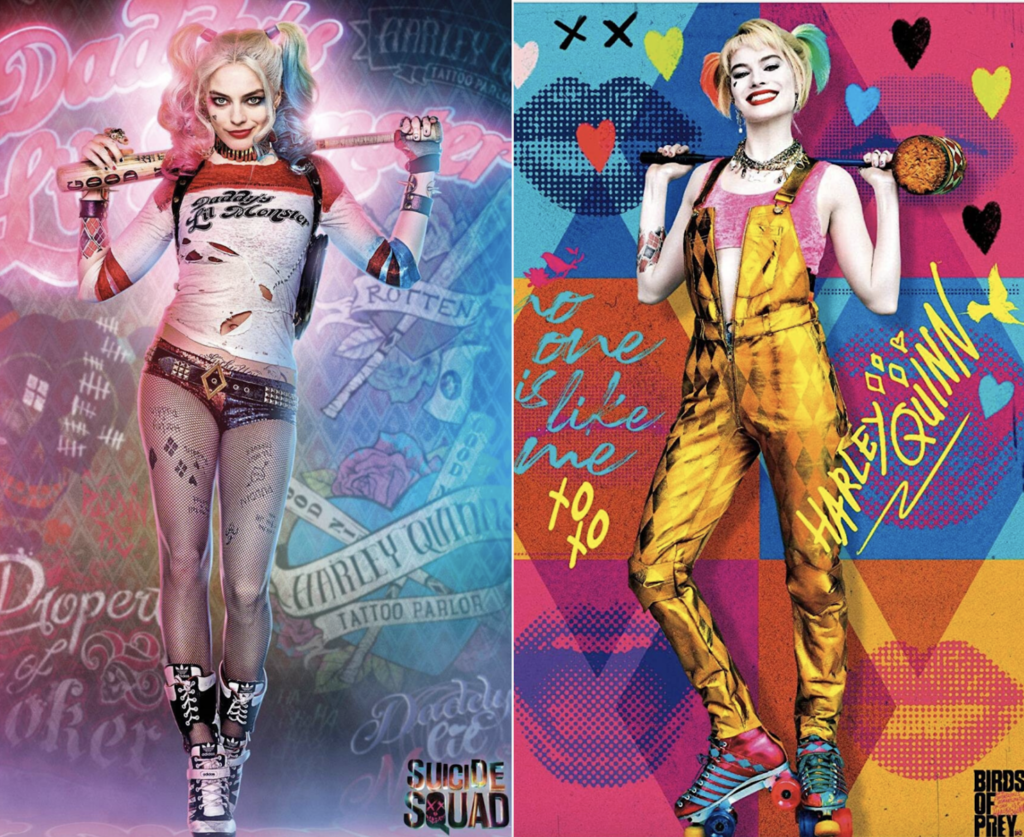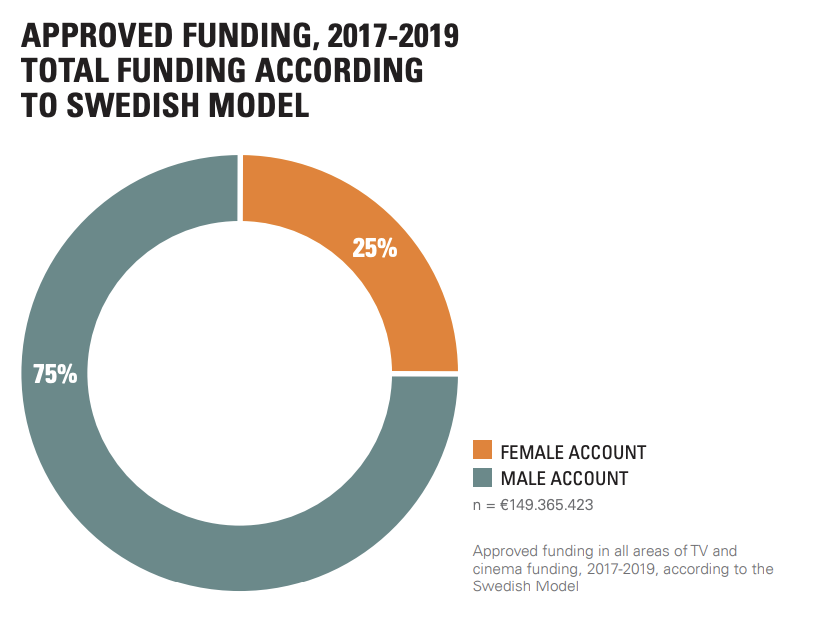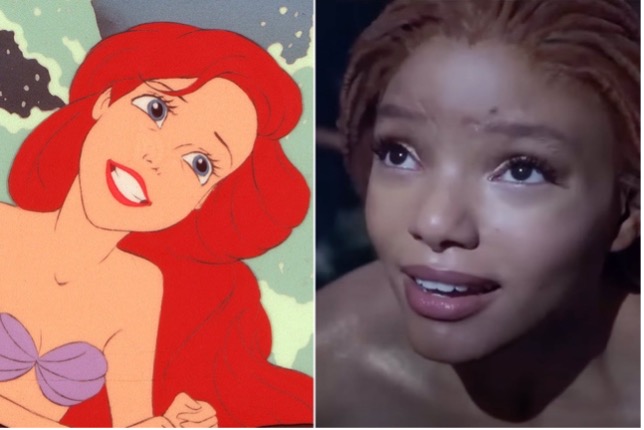During my research on gender equality in Austria, specifically at the Austrian Film Institute, this insight from the “Gender Report” brought me to my next research question:
Portrayal of women in film: quantity vs. Quality: This report clearly shows that the gender ratio of main characters in films driven by men and women are more or less balanced. The film’s gender rating had little influence on the number of female main characters: Films made by women showed female characters in the lead roles more often. The influence on the type of portrayal is considerably more important: Portrayals are more nuanced in female-driven films than those driven by men.
More diversity in female-driven films: Twelve fiction films were examined in detail in a qualitative analysis: The female-driven films had no sexism and reflected on discrimination in society. They portray a pluralistic society and underrepresented groups that go beyond conventional clichés more often than male-driven films.
Do men and women differ in the way they tell stories and portray characters? In this blog post I would like to address this question using the example of the character “Harley Quinn”, which shows certain variations in different films by different directors (male and female).
The Male Gaze
According to studies, male-centric production and consumption of comics leads to an overly masculine portrayal of male characters and an overly fetishized and overly sexualized portrayal of female characters. the female characters in superhero films are already being disadvantaged when they are created in a male-dominated medium.
The male gaze is to view women through a voyeuristic-scopophilia lens.
Laura Mulvey
Harley Quinn was first introduced in 2016’s Suicide Squad, directed by David Ayer. One criticism of the role was the strong objectification of the male gaze, which undermined her role and strength as a superheroine. Birds of Prey director Cathy Yan and screenwriter Christina Hodson revamped the role Through costumes, script and cinematography, they tried to avoid stereotypical ways of portraying the main female character.

Minseo Joo and Caryssa Ozuna write in an article about how the cinematography of Birds of Prey subverts the male gaze by focusing on the reaction of the characters rather than the sexualization of women’s bodies. They also talk about the incorporation of a realistic wardrobe for all of the female characters. Rather than placing them in scantily clad outfits that would appeal to male viewers, it suits them in clothing that can be used practically within the battle.
Zoe Dirse additionally states that women artists must take control of their art in order to “subvert patriarchal assumptions about gender”. Thanks to the collective efforts of a strong female production team in front of and behind the camera, Birds of Prey succeeds in taking back control of the gaze and the content.
Sources:
Subverting the Male Gaze: Birds of Prey refreshes the narrative of Harley Quinn
Arora, A. (2019). Gazing at the Obvious: A Critical Analysis of the Male Gaze in Superhero and Fantasy Literature.
https://dialog.puchd.ac.in/wp-content/uploads/2020/10/5.-Ayushee-Arora-Gazing-at-the-Obvious.pdf
Dirse, Z. (2013). Gender in cinematography: Female gaze (eye) behind the camera. Journal of Research in Gender Studies
https://heinonline-org.ezproxy.lib.utexas.edu/HOL/P?h=hein.journals/jogenst3&i=15.



